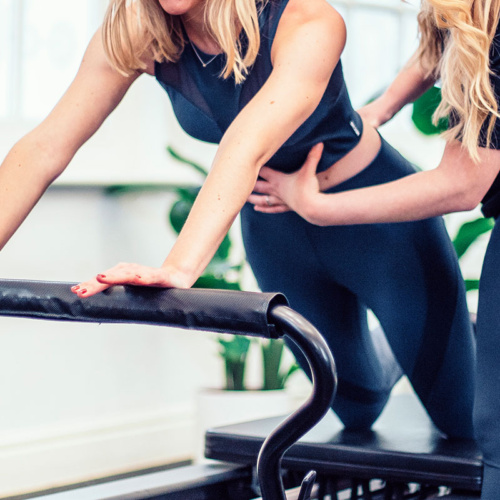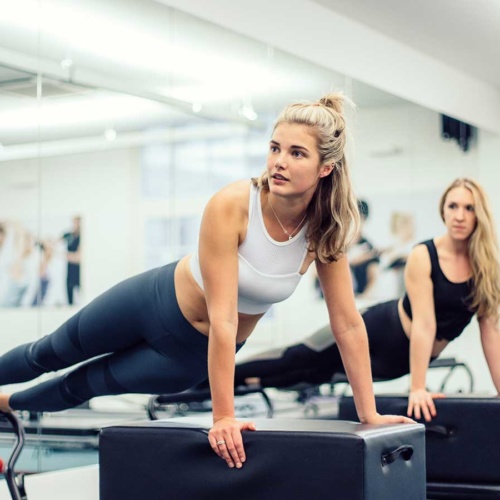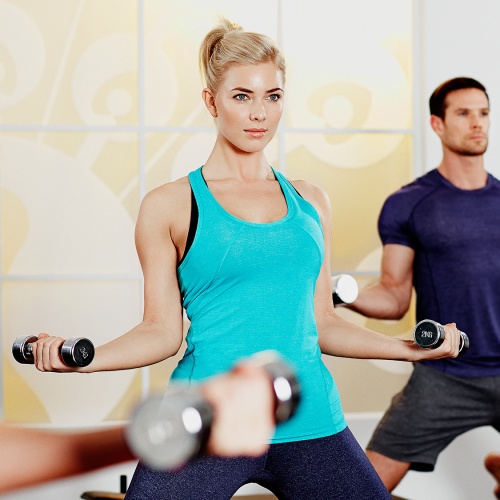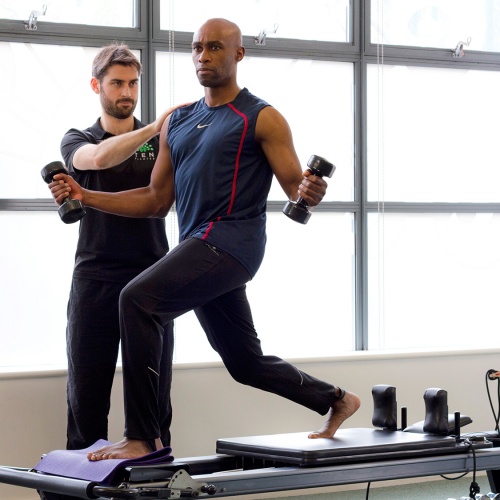Rowing is a great form of exercise, as every major muscle group is called into action during the rowing stroke. It’s also strangely addictive, with rowers of all levels – from club rowing up to international athletes – investing a lot of time in training.
Primarily they focus on the traditional forms of rowing training, with endurance and strength coming top of the list and Pilates somewhere near the bottom. Very few rowers – particularly outside elite level – have looked at the benefits that Pilates, and more to the point, Dynamic Pilates, can offer them.
But they should. I say this not just as a Dynamic Pilates instructor but also as a competitive national-level rower.
Fundamentally, rowing is a sport that utilises our body’s levers – their arms, legs and backs – to push the oars through the water. For these levers to be effective it’s important that they stay in good alignment, as any softening will result in a loss of power. This is where Pilates comes to the fore.
Traditional strength training focuses on large global (power generating) muscles, it tends to overlook local muscles (smaller, stabilising), this means that whilst moving through an action the power created may be high, but because the joint isn’t being stabilized a large proportion of this power is being lost.
By making Dynamic Pilates part of their training regime, the athlete will still develop the global muscles, but at the same time they will be working their local muscles, allowing them to stabilise their joints as they move and effectively transfer their force through their bodies and remain balanced whilst doing so.
The benefits of this are huge: the athlete can now not only develop the force they’re looking for, but also transfer it effectively through their bodies. This means that the rower can now effectively transfer the work from the leg drive through a strong core and arms onto the oar, and by being stable and maintaining good posture they are now effectively creating longer levers – and therefore more boat speed.
The increase in core strength that Pilates creates doesn’t just increase performance; it also has a significant injury prevention effect. It enables the rower to work much more efficiently through the correct target muscles whilst engaging the supporting muscles, leading to a good muscle balance that prevents injury from either an overworked global, or underworked and strained local muscle.
As a rower myself I can testify that Dynamic Pilates has had a huge beneficial effect on my performance and wellbeing. The improvement in my muscle control has seen a corresponding improvement in my posture allowing technical gains in my rowing stroke. In addition, the increase in my muscular balance has given me a more effective power output.
In combination, they’ve enabled me to smash through some previous training ceilings, and to beat some PB’s that I’d set in 2006/7 and hadn’t been able to match since. This has been a massive year for me as a rower, and I’m convinced that the difference is down to one factor. Dynamic Pilates.





